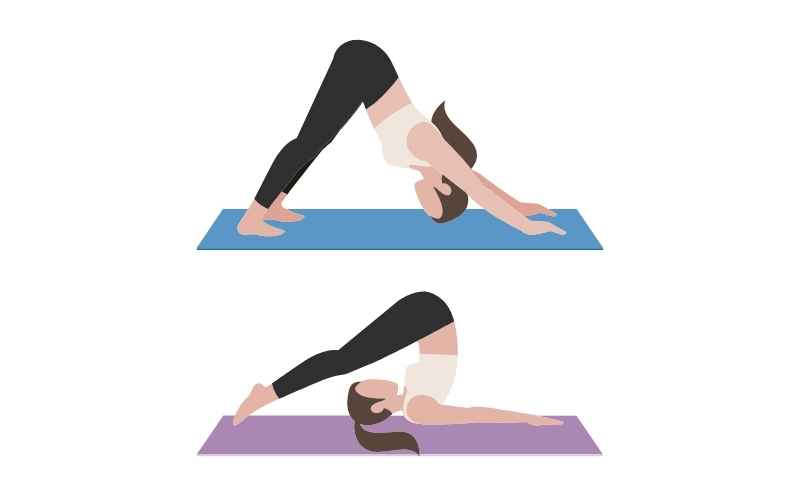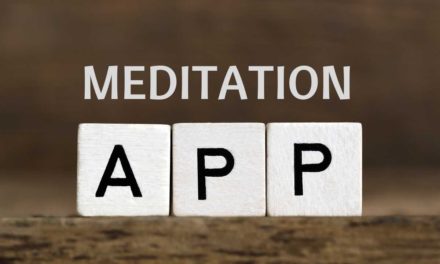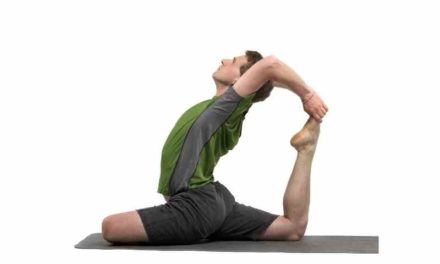The majority of people in our contemporary world suffer from some kind of lower back pain. Additionally, it is seen in a significant number of sportsmen. One of the most effective methods for relieving back pain is to gain an understanding of the factors that contribute to it. These factors can include poor posture, lifestyle choices, a sedentary lifestyle, weakness or vulnerabilities in counter areas, physiological conditions, or traumatic life events.
There are, without a doubt, a wide variety of yoga positions that will be beneficial in the long term. The most straightforward methods to alleviate low back pain are those that attack the problem from numerous angles. There may be more than one asana that might assist in reducing the discomfort, but first, you need to identify the underlying cause.
As is the case with sciatica, lower back pain is often misdiagnosed as a problem with the muscles or bones, despite the fact that it is only a symptom that may be caused by a herniated disc, a bulging disc, a thinning disc, or any one of a number of other problems.
Yoga has the potential to widen the intervertebral gaps and provide some relief by decompressing the spine, both of which are useful in their own right regardless of the ailment being treated.
However, forward bends, backbends, and twists of the spine may make a condition either better or worse, therefore it is important to employ and avoid these poses intelligently. The Savasana portion of the practice may be quite beneficial if you have some mindfulness tools with you to utilize so that you can get a handle on the discomfort.
Asanas that extend and decompress the spine are the ones that I utilize with my patients. This creates room for the herniated disc, for example, to migrate away from the spinal nerve.
However, whether it will be forward bends or back bends is always dictated by the exact ailment. There is some evidence that asanas like Setu Bandha Sarvangasana and Phalakasana, which work to strengthen the abdominal muscles and stabilize the core, may also be useful.
When you go to bed, check that your mattress is nice and firm so that it will support your lower back. If you wake up with lower back discomfort in the morning, it’s possible that the problem lies in your mattress.
Consumption of water It is essential to consume sufficient amounts of water in order to maintain the joints and connective tissues lubricated and regenerated. Check to see whether you are getting enough water to drink when you reside in locations with warm temperatures or high humidity.
If you live a sedentary lifestyle and sit at a computer for six to eight hours a day, you may get low back discomfort. You should get up and stretch for five to ten minutes every hour while you are at work. Alternatively, you may simply get up and stroll around your office or meet a buddy in a different part of the workplace.
We have a tendency to sit with bad posture even beyond that, such as during our long commutes to work in our automobiles, when watching television while sitting on the sofa, while eating meals, etc.
It is suggested that you elevate your seat by sitting on a block or a blanket on the ground in order to open your hips. Even when you are required to sit at your desk for lengthy periods of time at work, you should take off your shoes and sit cross-legged.
Position yourself so that you are lying on your back on the floor with your lower legs and calf muscles supported by the seat of a chair. Be careful to relax your low back, and elevate your hips ever-so-slightly.
Find an open wall, plant your seat on the wall as you lay down on your back, and swing up to reach your legs vertically while being supported by the wall. This is the Viparita Karni move. You should have a partner put a weight that is between five and ten pounds on the soles of your feet. Maintain this position for the next 10–15 minutes.
Balasana is a pose in which the practitioner bends their knees and sits back on their heels while maintaining an erect spine. The practitioner then opens their legs wide and folds forward while reaching their arms forward and resting their forehead on a mat or a block.
Move your fingers more apart in order to provide some relaxation for your low back. Keep here for five to ten minutes. Raise yourself up by forcing your forearms into the ground as you do so. The primary cause of low back pain is a lack of core strength in the individual who suffers from it.
That is the ultimate cause of your problems; the more strength you put into your core, the more you engage through the navel, and the more you tuck your low ribs into your belly, the more pressure that is placed on your low back will be relieved. When you no longer have low back discomfort, you will be able to make improvements to your core strength and continue to have a nice, healthy low back.





